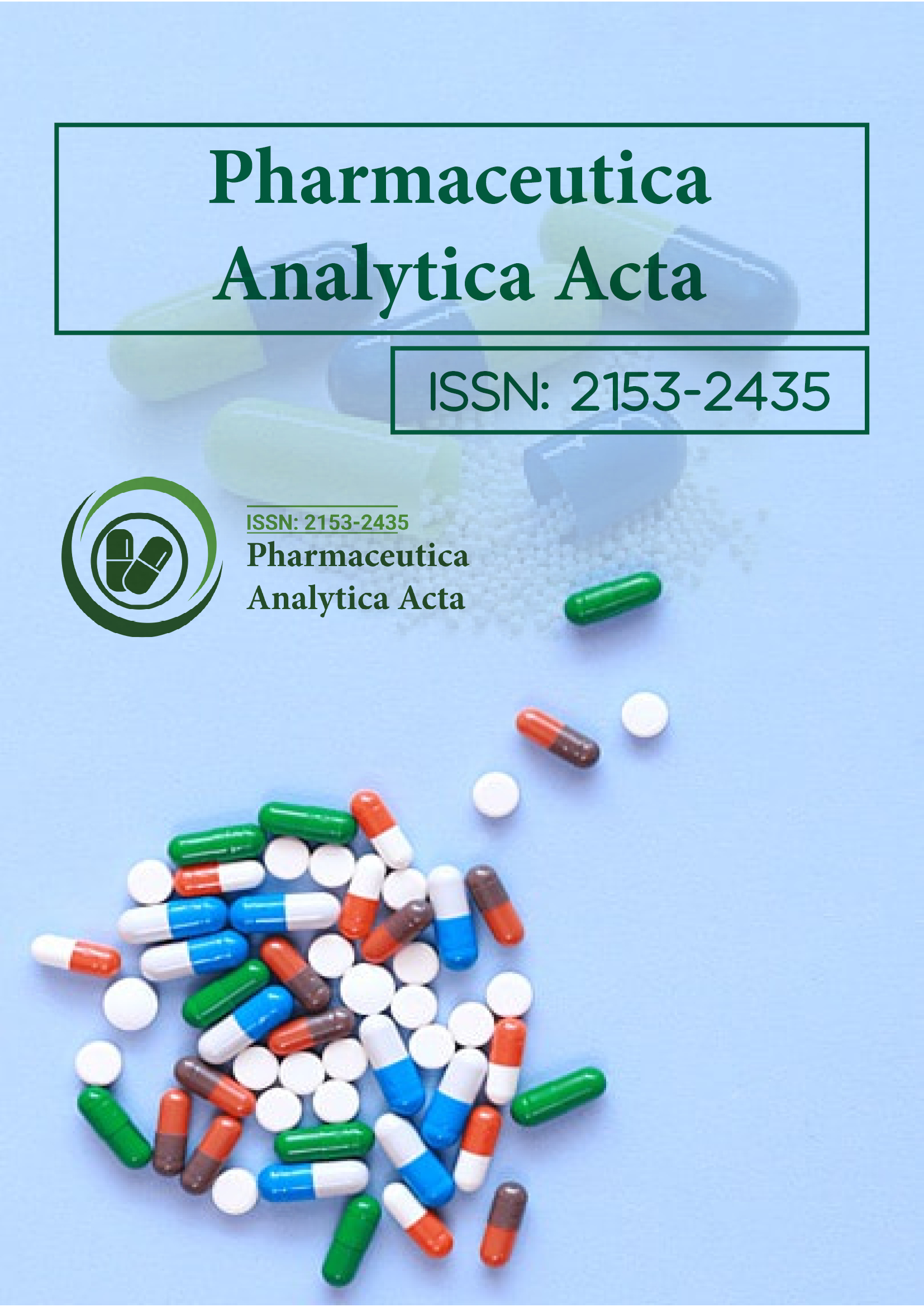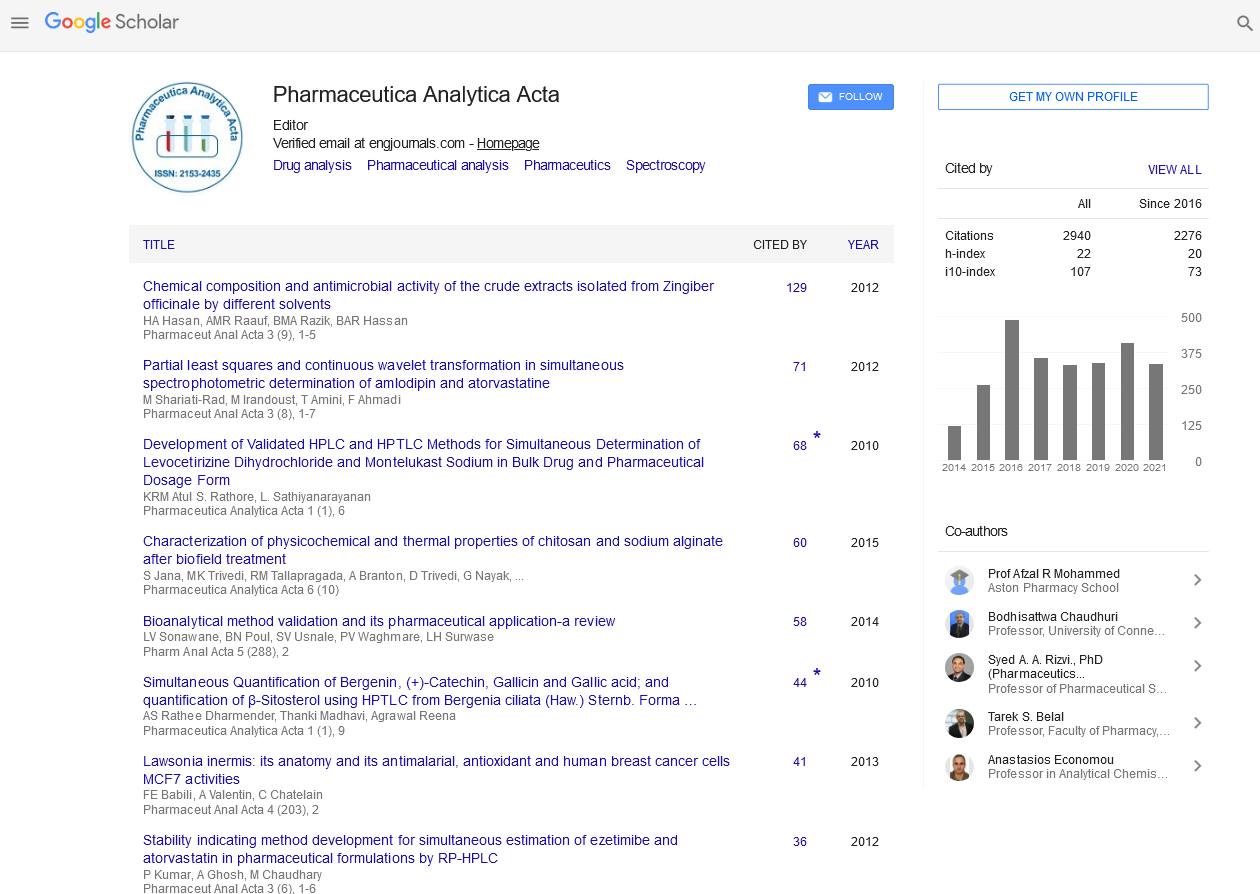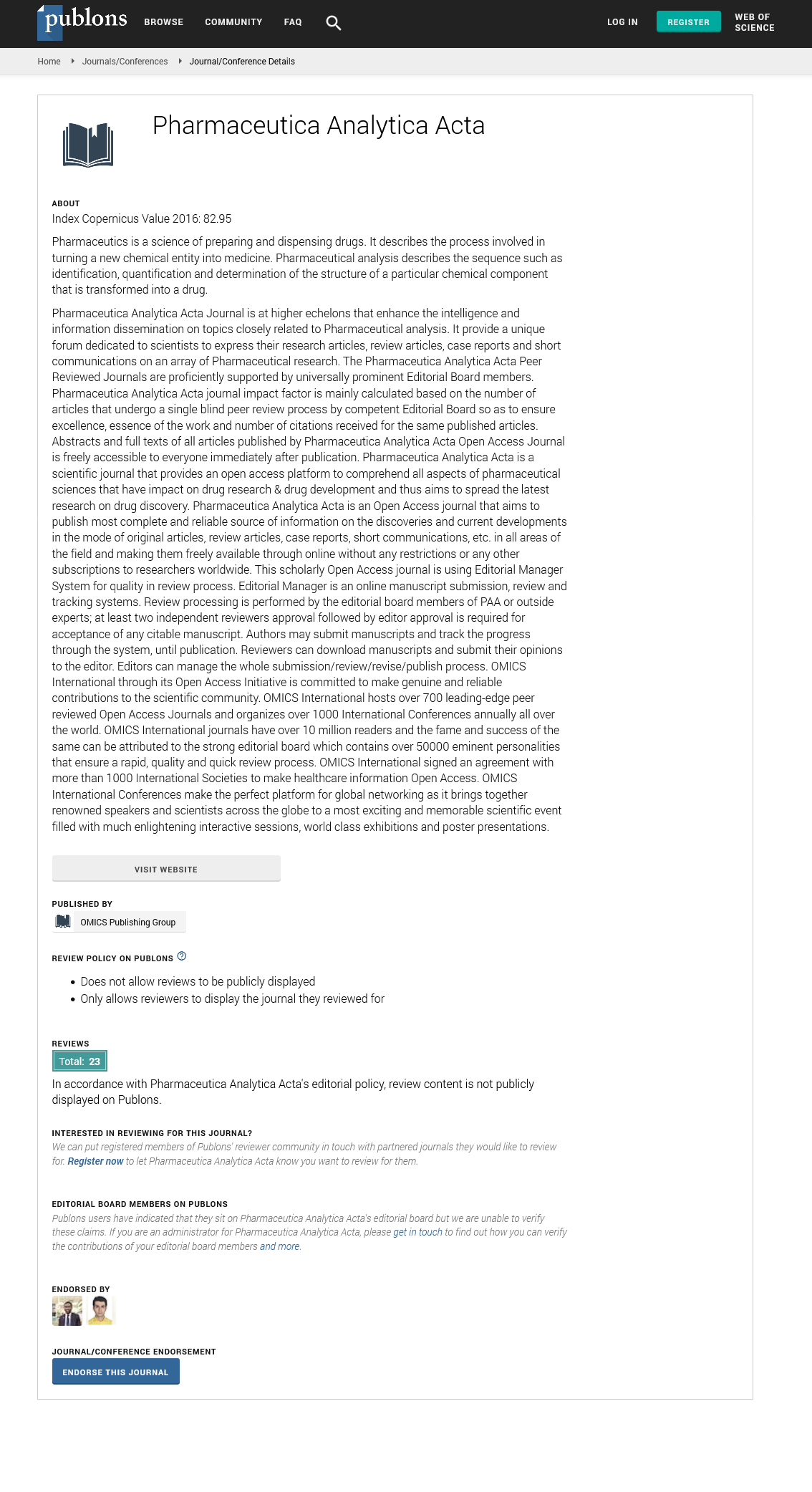Indexed In
- Open J Gate
- Genamics JournalSeek
- Academic Keys
- JournalTOCs
- The Global Impact Factor (GIF)
- China National Knowledge Infrastructure (CNKI)
- Ulrich's Periodicals Directory
- RefSeek
- Hamdard University
- EBSCO A-Z
- OCLC- WorldCat
- Publons
- Geneva Foundation for Medical Education and Research
- Euro Pub
- Google Scholar
Useful Links
Share This Page
Journal Flyer

Open Access Journals
- Agri and Aquaculture
- Biochemistry
- Bioinformatics & Systems Biology
- Business & Management
- Chemistry
- Clinical Sciences
- Engineering
- Food & Nutrition
- General Science
- Genetics & Molecular Biology
- Immunology & Microbiology
- Medical Sciences
- Neuroscience & Psychology
- Nursing & Health Care
- Pharmaceutical Sciences
Abstract
Prevalence and Preventive Measures of Prostate Cancer: A Randomized Study in Public and Private Health Care Sector
Somia Gul, Umm-e-Aimon and Maria Ayub
Prostate cancer accounts for abnormal or uncontrolled division of cells of prostate in male. It is a slow growing cancer which is usually localized rarely metastasized. The growth rate is varies from slow-moderate to high. It mostly occurs in old age and depends on many other factors like weight, height, diet, habit, environment, genetics, and sexual disease. In a prostate cancer, disease stage cannot find unless the patient has symptoms or signs that the cancer has spread. A high PSA level (normal range 4.0 ng per milliliter or less), or a high Gleason score. Gleason scores have often been categorized into groups that show similar biologic behavior: low-grade (well-differentiated), intermediate-grade, moderate to poorly-differentiated or high-grade. This study aims to evaluate occurrence, causes, problem associated with disease and treatment of this cancer in view of the fact to evaluate consequences responsible to contribute carcinoma of prostate. For this purpose study has been conducted at public and private health care sector (n = 100 patients of prostate cancer).The Gleason score are used to diagnose prostate cancer, 10% of patients have score 5 (4 + 1), 40% of patients have score 7 (4 + 3) or (3 + 4), 44% of patients have score 9 (5 + 4), 6% of patients have score 11 (5 + 6) which shows that mostly prognostic grade II, III IV, V occur. Mostly traditional prostectomy is used as a treatment and 78% of the patients got benefit from it. This study concluded that the prostate cancer is occurs due to age factor (old age), fatty diet , tobacco or alcohol intake, duration of cancer is more than 1 year, past history may also be cause like hepatitis, T.B. mostly. Finding of cancer at score 5, 7, 9, 11 and associated complications are hypertension, urinary tract infection, kidney stones.


